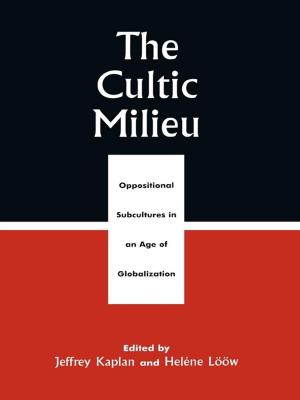Indigenous Intellectual Property Rights
Legal Obstacles and Innovative Solutions
Nonfiction, Social & Cultural Studies, Social Science, Cultural Studies, Native American Studies| Author: | ISBN: | 9780759115477 | |
| Publisher: | AltaMira Press | Publication: | August 13, 2004 |
| Imprint: | AltaMira Press | Language: | English |
| Author: | |
| ISBN: | 9780759115477 |
| Publisher: | AltaMira Press |
| Publication: | August 13, 2004 |
| Imprint: | AltaMira Press |
| Language: | English |
Riley and her group of expert contributors supply a unique set of worldwide case studies and policy analyses as guidance for indigenous communities and their partners, in attempting to protect their intellectual property. Much of the existing literature already addresses the poor fit between western regimes of intellectual property rights and the requirements for safeguarding indigenous cultural resources. The manuscript gets beyond these negative claims in depicting positive efforts at protecting indigenous knowledge and cultures, notwithstanding these legal limitations. The reader is exposed to a wide array of legal, political, organizational, and contractual strategies deployed by indigenous groups to protect their intellectual property interests. It will be an important resource for social scientists, advocates for indigenous and human rights, bioprospecting, indigenous leaders, NGOs and law libraries.
Riley and her group of expert contributors supply a unique set of worldwide case studies and policy analyses as guidance for indigenous communities and their partners, in attempting to protect their intellectual property. Much of the existing literature already addresses the poor fit between western regimes of intellectual property rights and the requirements for safeguarding indigenous cultural resources. The manuscript gets beyond these negative claims in depicting positive efforts at protecting indigenous knowledge and cultures, notwithstanding these legal limitations. The reader is exposed to a wide array of legal, political, organizational, and contractual strategies deployed by indigenous groups to protect their intellectual property interests. It will be an important resource for social scientists, advocates for indigenous and human rights, bioprospecting, indigenous leaders, NGOs and law libraries.















